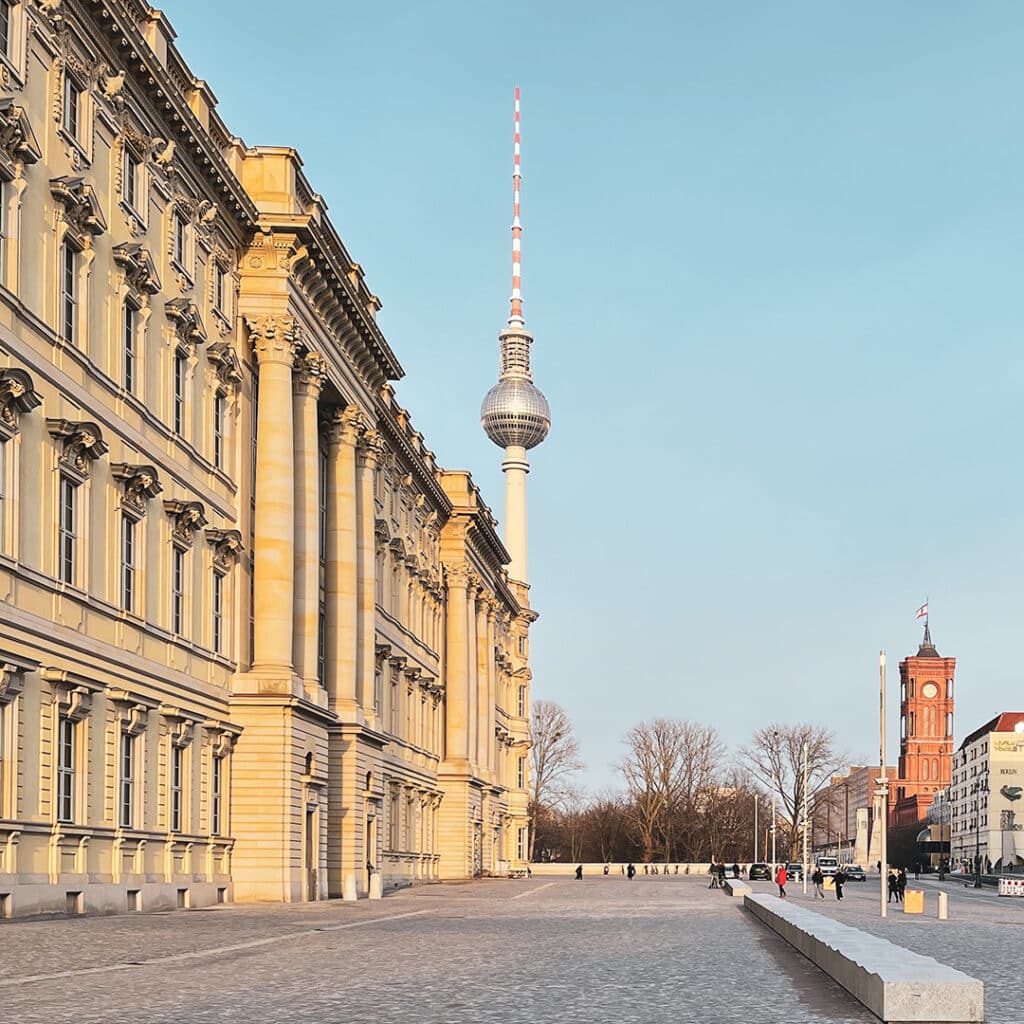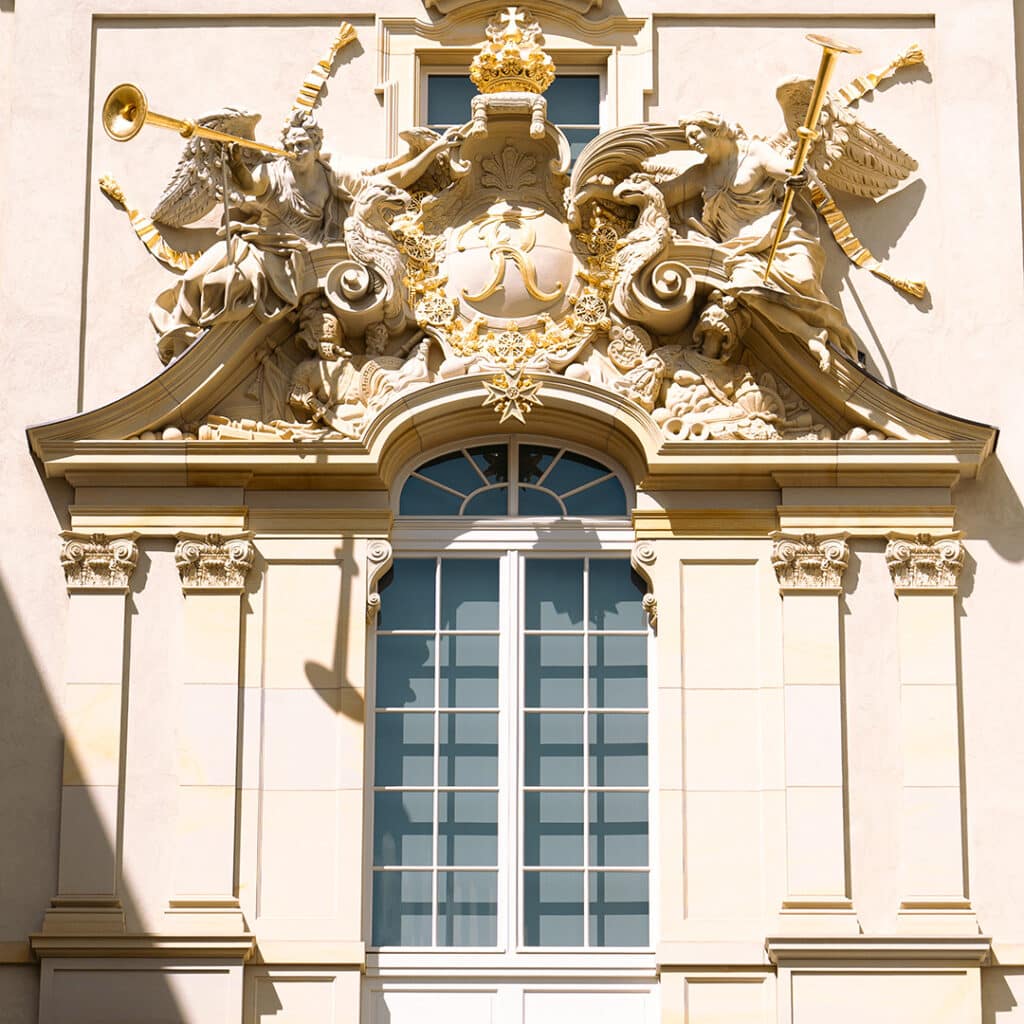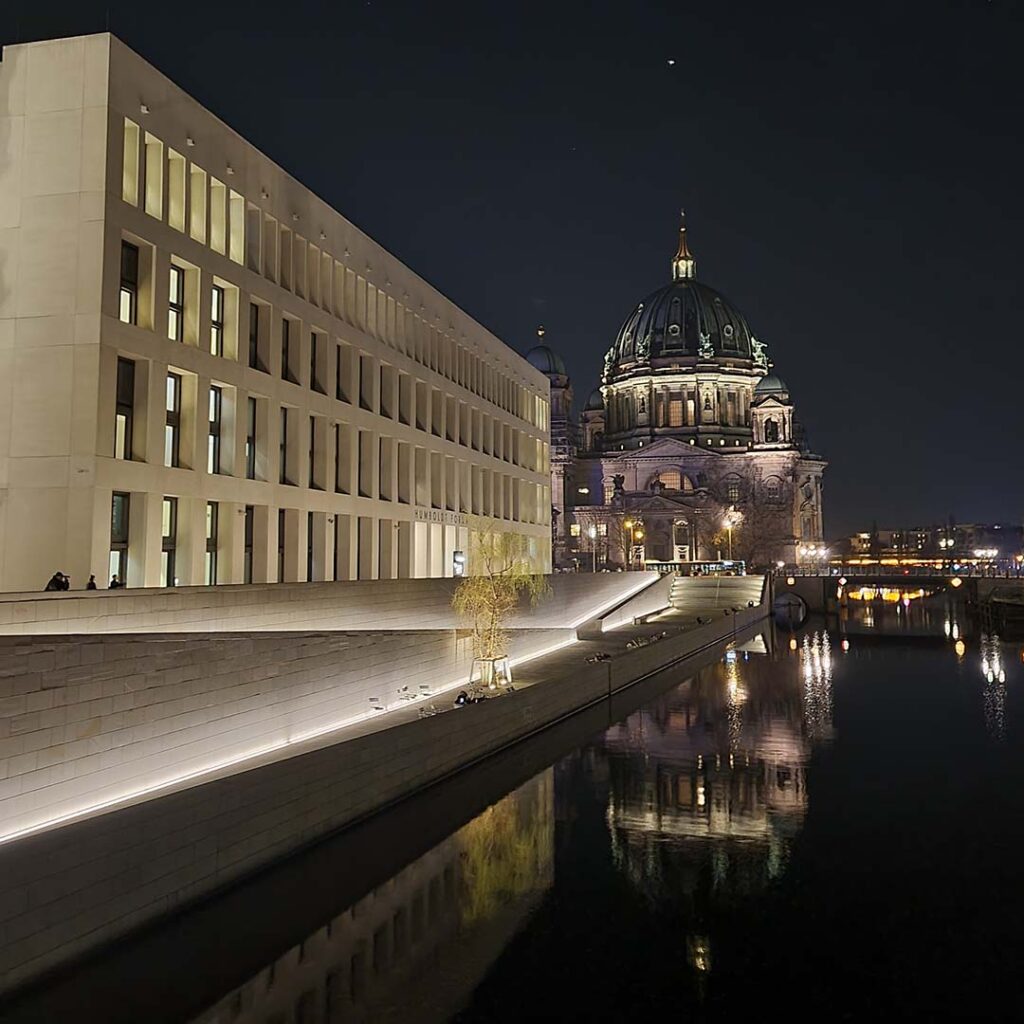


It was from the balcony of the original Berlin Palace that Wilhelm II announced the mobilisation of the German Army against Russia on August 1st 1914 - thus triggering Germany’s involvement in the First World War. That balcony is preserved and has been integrated into the nearby European School of Business Management.


Some useful links: